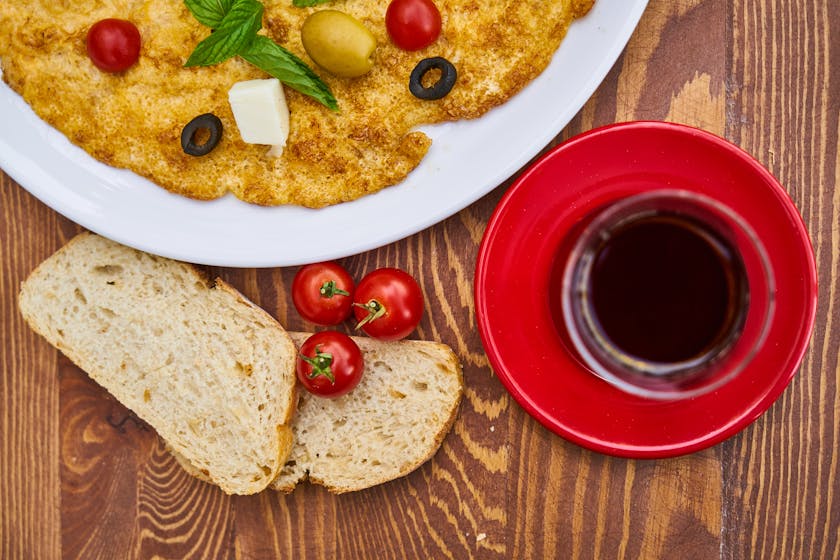If you’re looking to improve your health and simplify your life, nutritional meal planning is a cornerstone habit that can yield big results. This step-by-step guide is designed to help you embrace once-a-month cooking while ensuring each meal is packed with the nutrients you need.
Understanding Nutritional Meal Planning
Before diving into the preparation process, it’s essential to understand what constitutes a balanced meal. A nutritionally sound meal should include a mix of proteins, carbohydrates, fats, vitamins, and minerals. This balance ensures your body gets the sustenance it requires to function optimally.
Step 1: Assessing Your Dietary Needs
Start by assessing your daily caloric needs based on your age, gender, weight, height, and activity level. There are many online calculators available that can help you with this. Once you have your numbers, you can plan your meals accordingly, keeping in mind the recommended daily intake of essential nutrients.
Step 2: Recipe Selection for Once-a-month Cooking
Choose recipes that are not only nutritious but also freeze well. Soups, stews, casseroles, and marinated meats are excellent options for batch cooking. Ensure your recipe mix includes a variety of ingredients to cover a broad spectrum of nutrients.
Step 3: Shopping for Ingredients
Create a comprehensive shopping list based on your selected recipes. Organizing your list by food categories can make your shopping trip more efficient. Opt for fresh produce, whole grains, lean proteins, and healthy fats. Remember to check your pantry before heading out to avoid buying duplicates.
Step 4: Preparing for the Cooking Day
Before your cooking day, ensure you have enough storage containers and freezer space. Label containers with the dish name and date to keep track of your meals. It’s also a good idea to do some preliminary prep work like chopping vegetables or pre-cooking certain ingredients to save time.
Step 5: The Cooking Process
On your cooking day, start with the recipes that take the longest to cook. While they’re underway, you can work on quicker dishes. Multitask efficiently but safely, and clean as you go to keep your kitchen in order.
Step 6: Storing Your Meals
Allow your cooked meals to cool completely before storing them to prevent bacterial growth. Freeze your meals in portion-sized containers for easy thawing and reheating. Remember to rotate your meals in the freezer, placing the newest batches at the bottom.
Step 7: Thawing and Reheating
Plan your meal schedule a day ahead, so you can move the next day’s meal from the freezer to the refrigerator to thaw safely. When reheating, ensure the meal is heated thoroughly to avoid any foodborne illnesses.
By incorporating nutritional meal planning into your routine, you’ll not only save time and reduce food waste but also provide your body with the necessary fuel to thrive. Remember that variety is essential, so feel free to tweak your meal plan to include seasonal produce and new recipes to keep things exciting.
Final Thoughts on Streamlining Your Diet
Once-a-month cooking with an emphasis on nutritional meal planning can revolutionize the way you approach eating. It takes the guesswork out of “What’s for dinner?” and can contribute to a healthier, happier lifestyle.



